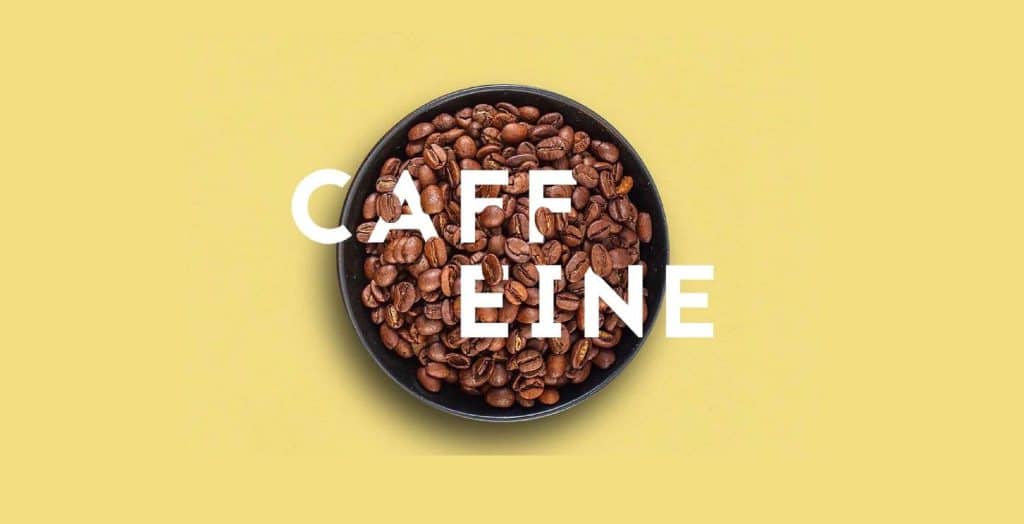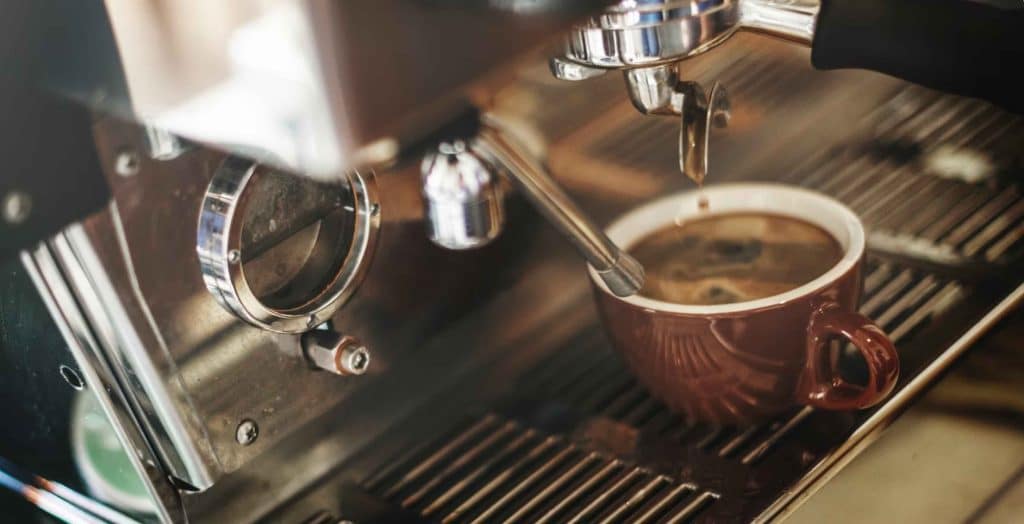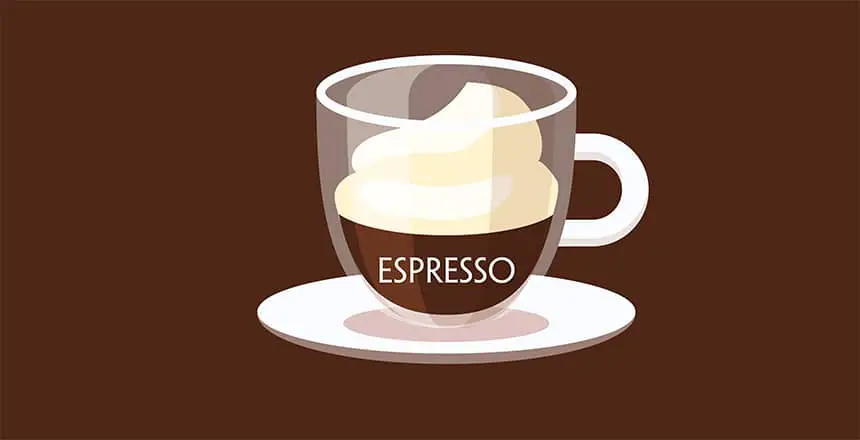Espresso is a concentrated and flavorful coffee beverage that has become an essential part of many people’s daily routines. Not only does it taste great, but it can also be quite stimulating due to its high caffeine content.
But how much caffeine is really in a shot of espresso? The answer depends on several factors including the brewing method, and the type of beans used.
In this article, we’ll explore these variables as well as provide an overview of how much caffeine you can expect from a typical shot of espresso.
Related:
- How Much Caffeine In Monster
- How Much Ground Coffee In Each Cup
- Does Chai Have Caffeine
- What Is Americano Coffee
Contents
What is Caffeine?

Before we get into the specifics of how much caffeine is in a shot of espresso, it’s important to understand what caffeine is and why it makes us feel energized.
Caffeine is an organic compound found in many plants and commonly used as a stimulant. It can be consumed in various forms, from coffee and espresso drinks to energy drinks, sodas, tablets, and even chocolate bars.
When consumed in moderation, caffeine can provide great health benefits. However, it can also cause adverse effects if you consume too much – such as insomnia, jitteriness, and increased blood pressure.
How Much Caffeine in a Shot of Espresso?
So, how much caffeine is actually in a shot of espresso? The answer is that the exact amount of caffeine can vary greatly depending on the brewing method, beans used, and other factors.
The USDA estimates that a typical shot of espresso contains approximately 63 mg of caffeine. This is roughly the same amount of caffeine that’s found in an 8-ounce cup of coffee. However, this can vary depending on the type of bean used and how it was brewed.
For instance, Arabica beans typically contain less caffeine than Robusta beans. Similarly, espresso brewed with a french press or moka pot will likely have more caffeine than espresso brewed with an electric machine.
Here’s a quick summary of how much caffeine you can expect from a single shot of espresso:
- Arabica beans: 45 – 63 mg
- Robusta beans: 75 – 85 mg
- French press: 80 – 120 mg
- Moka pot: 80 – 135 mg
- Electric machine: 60 – 70 mg
What can Impact the Amount of Caffeine In A Shot Of Espresso?

As mentioned above, the amount of caffeine in a shot of espresso depends on several factors, including the type of bean and the brewing method. Here’s a quick overview of what can impact caffeine content:
Type of Bean
Espresso is made with two different types of coffee beans – Arabica and Robusta. Arabica beans are typically more flavorful and have less caffeine than Robusta beans, which are known for their strong flavor and higher caffeine content.
While an espresso made with Arabica contains around 63 mg of caffeine, one made with Robusta beans can contain up to twice as much.
Brewing Method
The brewing method can also impact the amount of caffeine in espresso. For example, an espresso brewed with a french press or moka pot will have more caffeine than one brewed with an electric machine. This is because the pressure used during extraction is greater and can extract more of the caffeine molecules from the beans.
Moreover, brewing time can also influence the caffeine content in an espresso shot. The longer the shot is brewed, the more caffeine will be extracted.
Roast Level
The roast level of the beans can also affect caffeine content. Generally, lighter roasts have more caffeine than darker ones as the longer roasting time breaks down more of the caffeine molecules in the beans.
Grind Size
Lastly, the grind size can also impact the amount of caffeine in espresso. A finer grind size will extract more caffeine from the beans than a coarser one.
How to Measure the Amount of Caffeine in Espresso?
When measuring caffeine content, the different beans and brewing methods can result in different levels of caffeine. So, if you want to know exactly how much caffeine is in a shot of espresso, the best way is to use a refractometer. This is a device used to measure the strength of coffee extracts, and it can tell you exactly how much caffeine is in your espresso.
What Espresso Has The Least Caffeine?
If you’re looking for an espresso with the least amount of caffeine, Arabica beans and a dark roast are your best bet. As mentioned above, Arabica beans typically contain less caffeine than Robusta beans and dark roasts have less caffeine than light ones.
In terms of brewing method, an espresso brewed with an electric machine will likely have the least amount of caffeine. This is because electric machines typically use less pressure during extraction and this can limit the amount of caffeine that’s extracted from the beans.
Overall, if you’re looking for an espresso with the least amount of caffeine, opt for Arabica beans, a light roast, and an electric machine. This way, you can enjoy the flavor of espresso without the extra jolt of caffeine.
What Espresso Has The Most Caffeine?
On the other hand, if you’re looking for an espresso with the most amount of caffeine, you should go for dark roast Arabica beans. As mentioned above, Robusta beans typically contain more caffeine than Arabica beans and lighter roasts have more caffeine than darker ones.
In terms of brewing method, an espresso brewed with a French press or moka pot will likely have the most amount of caffeine. This is because these methods use greater pressure during extraction and can extract more of the caffeine molecules from the beans.
Overall, if you’re looking for an espresso with the highest amount of caffeine, opt for Robusta beans, a light roast, and a French press or moka pot. This way, you can get an extra jolt of caffeine without sacrificing flavor.
What Happens if You Drink Too Much Espresso?
While espresso can be a great pick-me-up for the morning, it’s vital to remember that too much of anything can have negative consequences. Drinking too much espresso can lead to symptoms such as jitteriness, restlessness, insomnia, and headaches.
FAQs
Is 2 Shots of Espresso A Lot Of Caffeine?
Two shots of espresso contain approximately 120-140 mg of caffeine which is considered a moderate amount. If you’re sensitive to caffeine, then two shots may be too much for you and could lead to unwanted effects.
Will 2 Shots of Espresso Wake You Up?
Two shots of espresso can produce stimulating effects and may help to wake you up in the morning. However, it’s important to remember that everyone is different and the level of caffeine sensitivity varies from person to person.
How Long does it take Espresso to Wear Off?
The stimulating effects of espresso typically last for three to five hours. However, the exact time can vary depending on individual factors such as weight, sensitivity to caffeine and other lifestyle habits.
What Is The Difference Between Espresso And Coffee?
The main difference between espresso and coffee is that espresso uses finely ground beans and a much higher pressure during the extraction process. This results in a stronger, more concentrated drink with more caffeine than regular coffee.
What is the 1:2 Rule for Espresso?
The 1:2 rule for espresso refers to the ideal ratio of coffee grounds to water. This means that for every gram of ground coffee, two grams of water should be used.
This is important as using too much or too little water can result in an over-extracted or under-extracted drink respectively. The grind size also plays an important role in achieving the 1:2 ratio. If the grind size is too fine, it can result in over-extraction and if it’s too coarse, it can lead to under-extraction.
Is Espresso the Coffee With The Most Caffeine?
Espresso is the coffee with the most caffeine per volume, however, it does not necessarily have the most caffeine overall. This is because espresso shots are typically smaller than regular cups of coffee and therefore contain less caffeine in total.
Conclusion
In conclusion, it is easy to see that the amount of caffeine in espresso varies greatly depending on many factors. Generally speaking, an espresso shot typically contains around 63 mg of caffeine. If you are looking for a strong caffeine boost or energy surge, then a double-shot of espresso may be the way to go.
However, due to its high caffeine content, sensitivity to stimulants should always be taken into consideration when drinking espresso. When consumed in moderation and prepared with care, espresso can be a great way to start the day. Don’t forget – knowing exactly how much caffeine is in your cup is the key to making sure you get just the right amount of buzz each morning.
